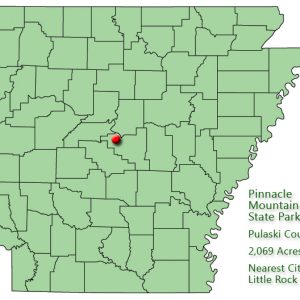 Pinnacle Mountain State Park: Park Location
Pinnacle Mountain State Park: Park Location
Entry Type: Place
 Pinnacle Mountain State Park: Park Location
Pinnacle Mountain State Park: Park Location
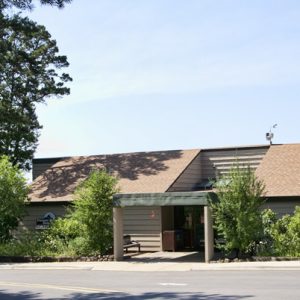 Pinnacle Mountain Visitors' Center
Pinnacle Mountain Visitors' Center
Pinnacle Springs (Faulkner County)
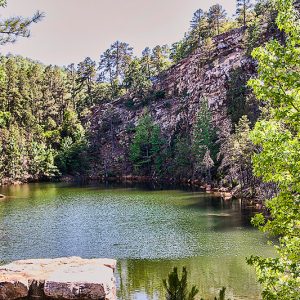 Pinnacle Trail
Pinnacle Trail
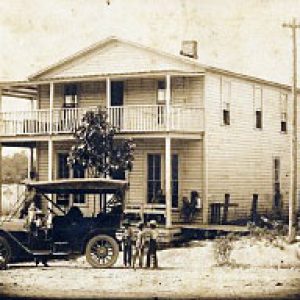 Pipes Hotel
Pipes Hotel
Pisgah (Pike County)
Plainview (Yell County)
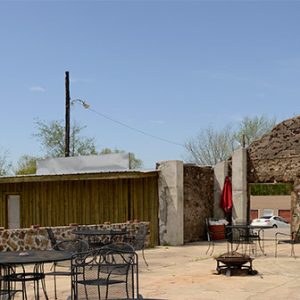 Plainview
Plainview
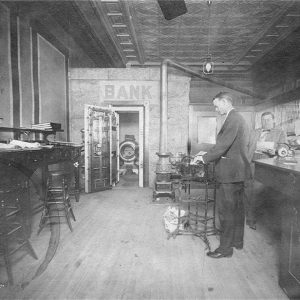 Plainview Bank
Plainview Bank
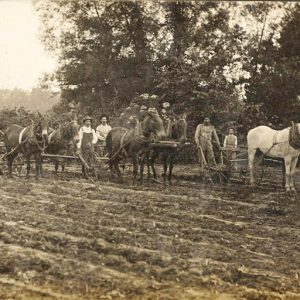 Plainview Farmers
Plainview Farmers
 Planing Mill
Planing Mill
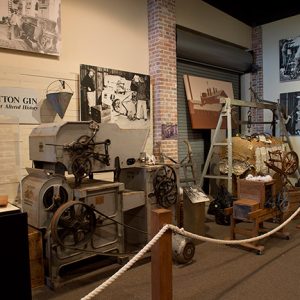 Plantation Agriculture Museum
Plantation Agriculture Museum
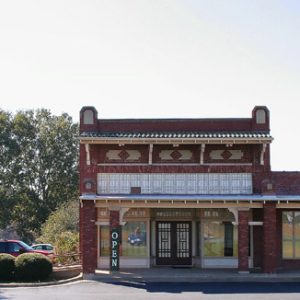 Plantation Agriculture Museum
Plantation Agriculture Museum
 Plantation Agriculture Museum
Plantation Agriculture Museum
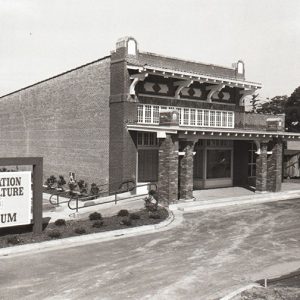 Plantation Agriculture Museum
Plantation Agriculture Museum
Plantation Agriculture Museum
 Plantation Agriculture Museum Press Release
Plantation Agriculture Museum Press Release
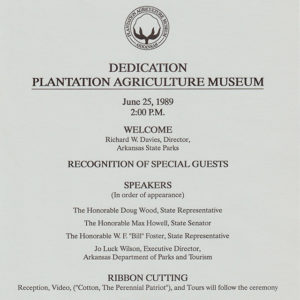 Plantation Agriculture Museum Program
Plantation Agriculture Museum Program
 Planters Bank Building
Planters Bank Building
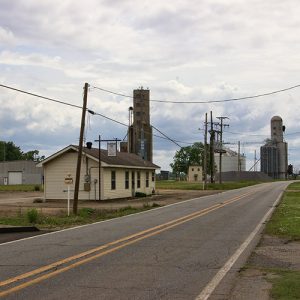 Planters Gin
Planters Gin
 Pleasant Grove Post Office
Pleasant Grove Post Office
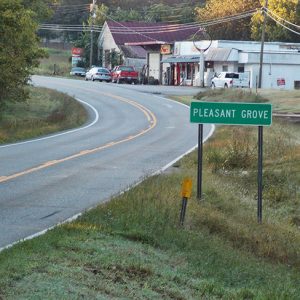 Pleasant Grove
Pleasant Grove
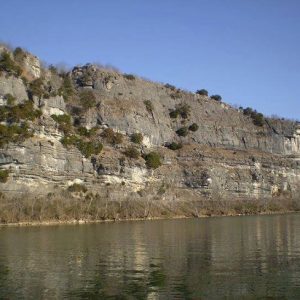 Penters Bluff
Penters Bluff
Pleasant Grove (Stone County)
aka: Redstripe (Stone County)
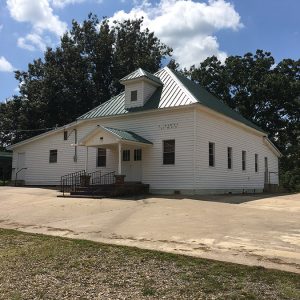 Pleasant Grove Baptist Church
Pleasant Grove Baptist Church
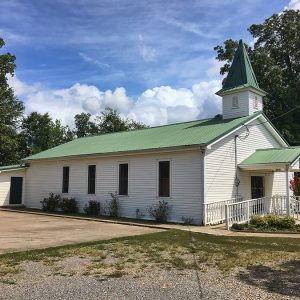 Pleasant Grove Baptist Church
Pleasant Grove Baptist Church
 Pleasant Grove Cemetery
Pleasant Grove Cemetery
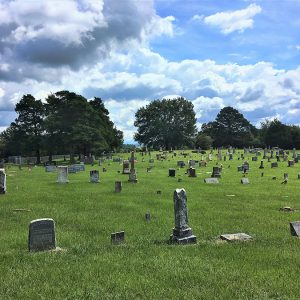 Pleasant Grove Cemetery
Pleasant Grove Cemetery
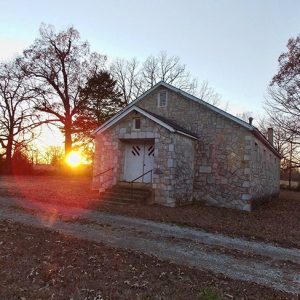 Pleasant Hill Church
Pleasant Hill Church
 Pleasant Hill United Methodist Church
Pleasant Hill United Methodist Church
Pleasant Plains (Independence County)
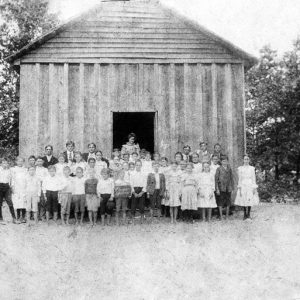 Pleasant Springs School
Pleasant Springs School
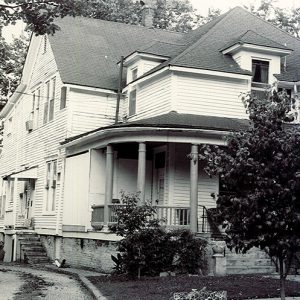 Pleasant Street Historic District
Pleasant Street Historic District
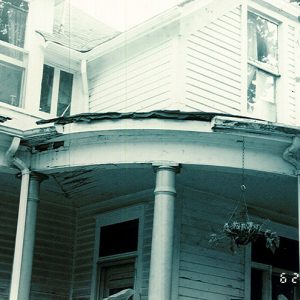 Pleasant Street Historic District
Pleasant Street Historic District
 Pleasant Street Historic District
Pleasant Street Historic District
Pleasant Street Historic District
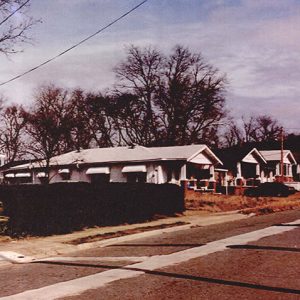 Pleasant Street Homes
Pleasant Street Homes
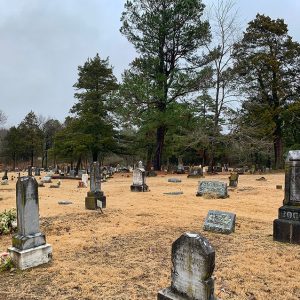 Pilot Prairie Cemetery
Pilot Prairie Cemetery
 Pilot Prairie Presbyterian Church
Pilot Prairie Presbyterian Church
Pleasant Valley (Scott County)
 Plum Bayou
Plum Bayou
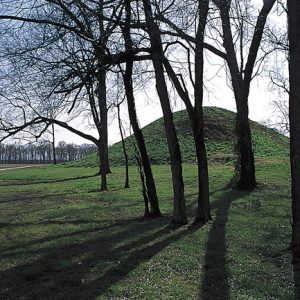 Plum Bayou Mounds Archeological State Park
Plum Bayou Mounds Archeological State Park
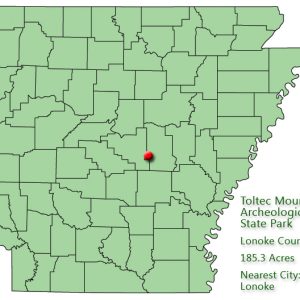 Plum Bayou Mounds Archeological State Park: Park Location
Plum Bayou Mounds Archeological State Park: Park Location
Plum Bayou Mounds Archeological State Park
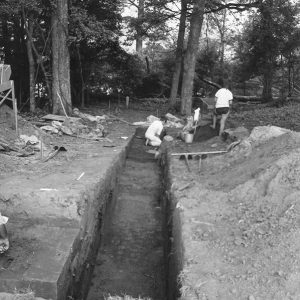 Plum Bayou Mounds Excavation Trench
Plum Bayou Mounds Excavation Trench
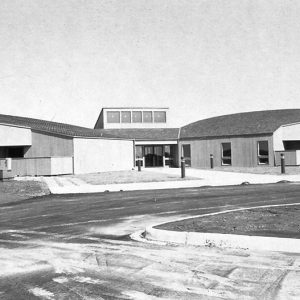 Plum Bayou Mounds Visitors Center
Plum Bayou Mounds Visitors Center
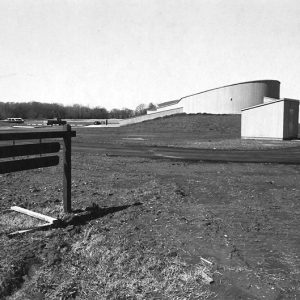 Plum Bayou Mounds Visitors Center
Plum Bayou Mounds Visitors Center
 Plum Bayou Mounds Walkway
Plum Bayou Mounds Walkway
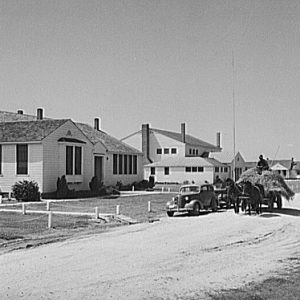 Plum Bayou Project Buildings
Plum Bayou Project Buildings
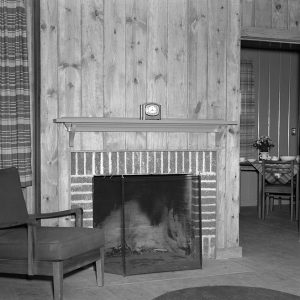 Plum Bayou Project House
Plum Bayou Project House




